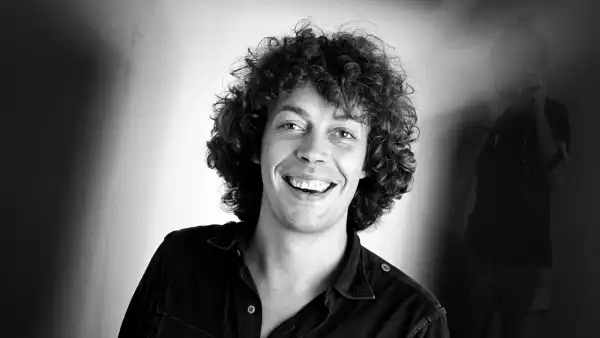In the main competition of the Venice Film Festival, they showed a project about the real life of the Mexican director Guillermo del Toro. Film critic Sonya Vselyubska reveals how the master of chimeras and horrors managed to make such a destructive movie.
Advertising.
In the main competition, there is a film that has every chance of burying the peeps in itself and mercilessly depriving them of tears upon leaving the hall – this is “Frankenstein” by Giliermo del Toro. The legendary Mexican master announced that he plans to screen the city of Meri Shelly in “Pan’s Labyrinth” in 2007. And now, after the lowly successful projects and the “Oscar” for the film “The Shape of Water” in 2018, we decided to present our “Frankenstein”, which incorporates all his talents and author’s drawings into one of the most outstanding paintings kar'eri.
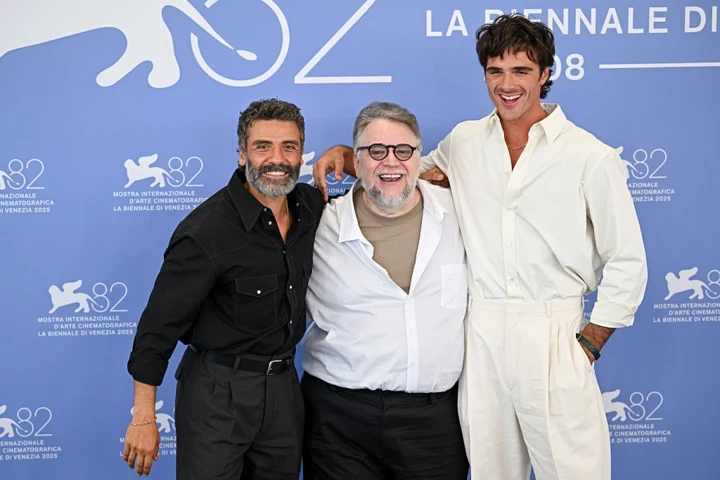
In the finest traditions of the melodramatic tale, this 148-length line begins at the end, which serves as a prelude. In the distant Arctic in the middle of the 19th century, sailors shouted a man before death, which brought great consequences on themselves. A miracle flies behind the man, who is not afraid of the cold and the cold, but will not be able to reach the enemy. While the soldiers could see the miracle, the man only had a little time.
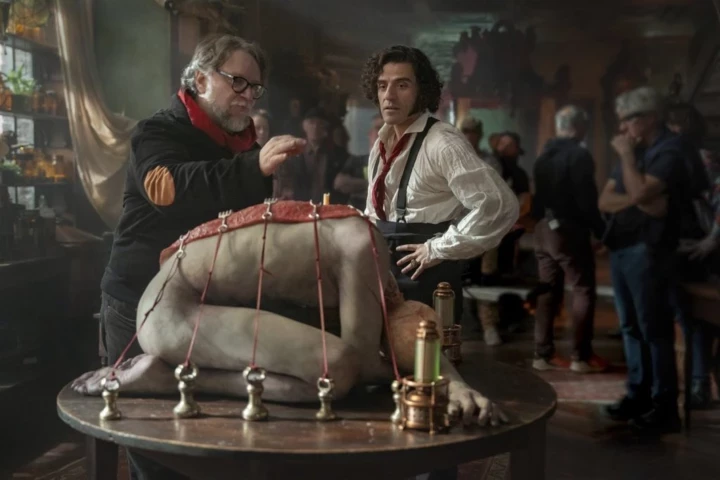
This man is Victor Frankenstein (Oscar Isaac), who was deeply traumatized by the death of his beloved mother and father, an anatomist. This led to a new unhealthy desire to turn the ideal father into a science and tidy up death. The growing knowledge of human anatomy and strong faith soon yielded their fruits – you have to find a sponsor (Christoph Waltz) who buys your castle, tools and, through your connections, gives you access to the battlefield, filled with hundreds of the bodies of those killed in the Crimean War, so that Victor could collect from them the ideal source for his experiment. So, in the distant laboratory, a new life emerges – in a dead body. This Creature (the incredible Jacob Elordi), on whom he always stands on a wondrous land, which brings more pain, less beauty.
Mary Shelley's gothic novel “Frankenstein or the Present Prometheus”, published in 1818, is one of the most popular literary works in the history of cinema. As with “Pinocchio,” del Toro very carefully adapts the text, even creating a dark fairy tale by incorporating the initial story on high sentimental notes. Del Toro himself wrote the script for the film, in which Shelley's tendentious spirit is highlighted by the heroine Mia Goth, named after her brother Victor. This woman's wisdom and breadth of wisdom from the divas of nature are from the very beginning the essence of the ancient, and then she becomes the first who shows the kindness of the Creator, in opposition to her evil creator. One word, like Creation for most of the film, is “Viktor”, otherwise it’s pitiful for his “father” to explain who the culprit is. At this existential power, you will have to joke around on your own.
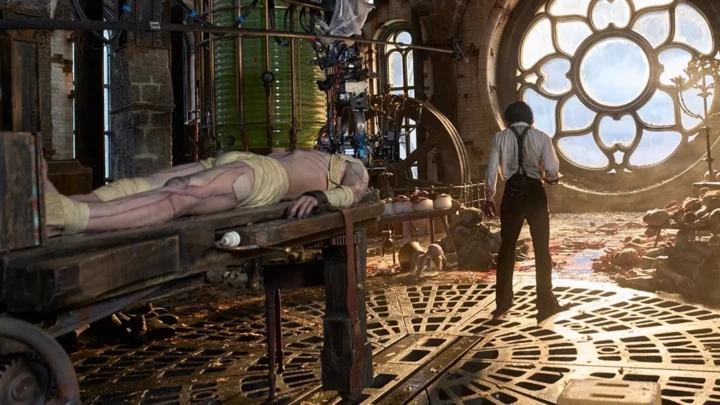
Del Toro creates a monster with a great heart, but never before have they been so realistic and at the same time traumatizing. First of all, the director works not with chimerical creatures, but with the most basic human body, which attracts no less than marvels, less than supernatural phenomena.
Del Toro has no equal in the creative output of physical forms, the creation of prosthetics and makeup to convey any stories. In “Frankenstein” this mastery again reaches the ideal. The director spent his entire career training on the dolls in order to perfect the skills of reproduction of the human body as the most complex of God’s creations. The skin, the brushes, the ends and the complex lymphatic system – all of this in the film is perhaps inverted by name, and God’s divine influence reliably folds, untwists and alters it. Del Toro has always been an opponent of computer technology and is aware of his negative views to the last. “Frankenstein” conveys that the same computer technology cannot become an alternative to these man-made parts.
So the daily dark cinematic metaphors, and the sheer volume of blood and bruised bodies do not compare with the thirst that evokes the moments when the Creation recognizes the cruelty of people. You are injured, injustice is shouted at, and aggression becomes a form of selfishness. Del Toro is about to come out with an action-packed story about those who are not popular as monsters. A story as old as the world, however, is transferred to the screen with such humanism and brilliant acting that it does not deprive the chance of not understanding it again.
In addition to the creation of Boris Karloff, like an engraving on the canonical “Frankenstein” of 1931, the hero of del Toro Viyshov is vinyatkovo deceitful. The heart of the film is Jacob Elordi, who played the most important role in his career. Previously, the 28-year-old actor constantly admired the handsome man with a sexually charged look and a low timbre of his voice. It seemed that there was a risk of getting stuck in this singular role, which often happens to actors in this century. Having reached the project just nine years before the beginning, Elordi entered into previously unknown territory: now the beauty of his face is covered with makeup, and his language is reduced to a few words. His high age and deep eyes are primarily due not to sexual allure, but to the extreme flow of the soul and the inability of plasticity.
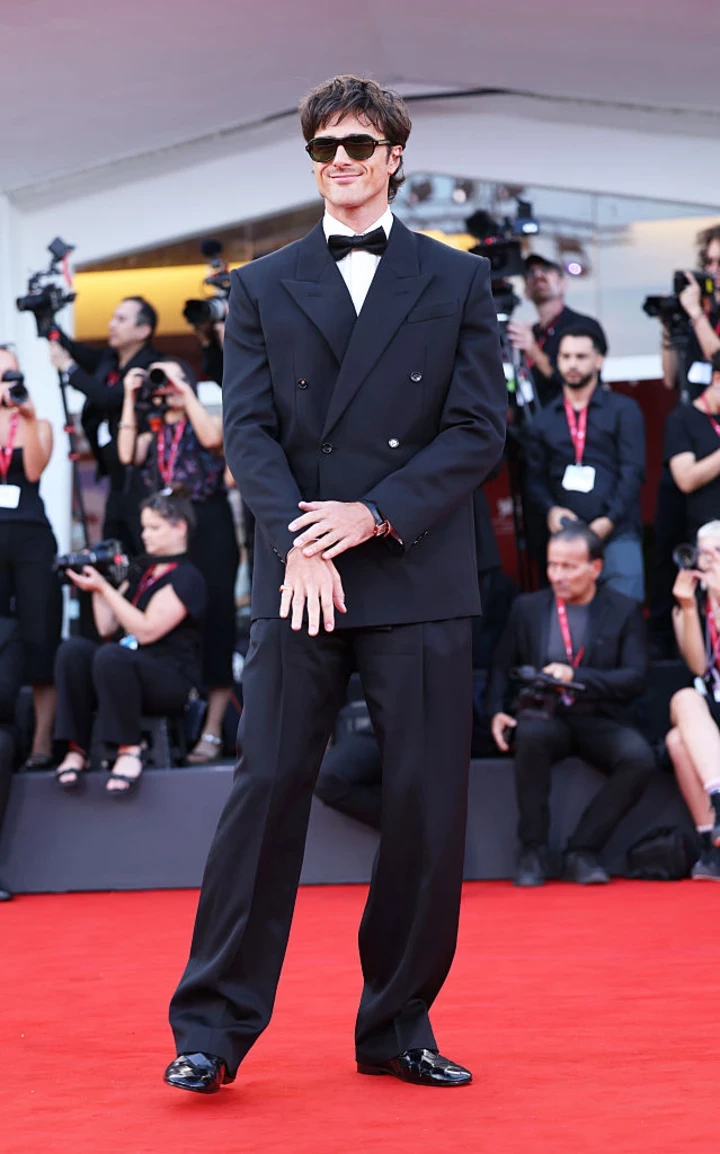
The tragedy of the eternally self-created creation is a reflection on the core of the biblical story about death. The film conveys the idea that death is a gift from God, and tragedy is an eternal life, in which the Creation has no companion. Through this, the hero of Jacob Elordi is the leader of all the unfortunate monsters of del Toro.
At the press conference, which gathered the majestic crowd of the enemy press, the happy director again realized that the powerful cinematic version of “Frankenstein” is the end of all life. “I have loved this story since I was a child. In the right minds – how creatively, in order to realize the idea in its entirety and make the film unique, and in a sense of scale, which will allow you to achieve goals light,” he said, and now that the work is completed, he added: “I have post-mortem depression.”


